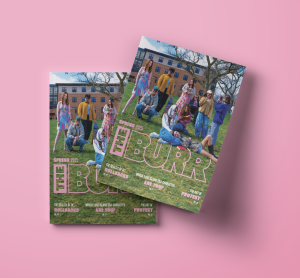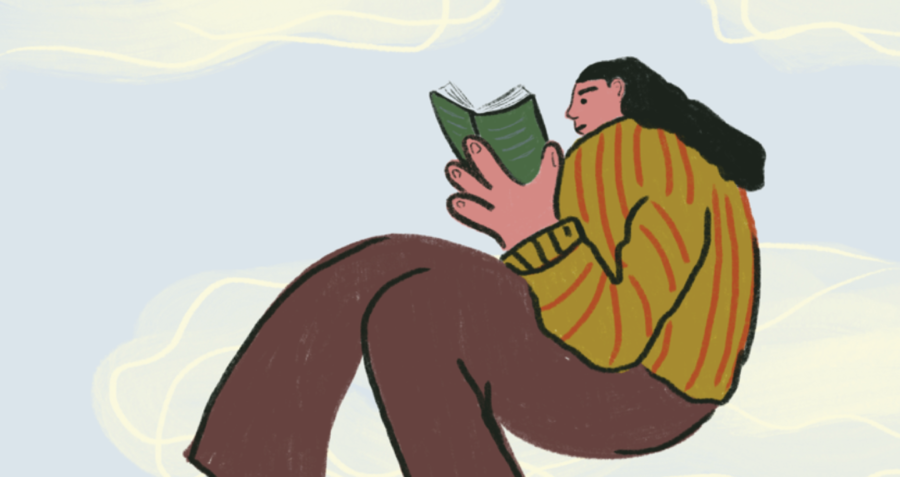Featured image by Emma Greathouse
When I was young, I was not nearly as sentimental as I am today. I never even got teary-eyed while watching gut-wrenching movies or reading sappy books. That is until fifth grade when I read “Bridge to Terabithia” by Katherine Paterson.
Those who have read the book know what tragedy lies between its pages. For those who have not, there are spoilers and plot explanations ahead. Make sure to keep a tissue box nearby.
“Bridge to Terabithia” follows fifth-grader Jess Arons, the only boy surrounded by sisters on his family’s farm in a rural area outside Washington D.C.. The town he lives in is not very wealthy, and Jess’ family is especially unfortunate. The novel opens in late summer as Jess is training to be the fastest boy in the fifth grade. However, when race day finally arrives on the first day of school, all the boys including Jess are bitterly defeated by the new girl, Leslie Burke.
An adventurous and creative tomboy, Leslie befriends Jess and opens his eyes to the magical, imaginary world of Terabithia. She amazes Jess with her bravery and slowly changes him for the better by always encouraging him to dream big. For example, she buys Jess paints for Christmas, so he can take his passion for art to the next level.
The duo is inseparable until one day when Jess goes with his favorite teacher to visit the Smithsonian Museum. While he is gone, Leslies attempts to go to Terabithia on her own. However, as she swings on the rope that typically takes the pair across the river and into Terabithia, it breaks. She lands in the river, hits her head and dies.
The last section of the novel details Jess’ struggle as he deals with his best friend’s passing. From denial to anger to guilt, Jess experiences all sorts of emotions he never felt before. Finally, he seems to make some peace with Leslie’s death, and the story ends with Jess showing his younger sister the world of Terabithia.
The book was published in 1977 and seems to be set around a similar time as there are several references to hippies and the Vietnam War. On top of that, the story takes place in a poor, rural area outside of Washington D.C. With this setting in mind, it is no question why the arrival of Leslie shakes up life at Lark Creek Elementary. She is a tomboy, always wears pants, has short hair, is faster than all the boys and does not believe in God. The list of abnormalities goes on.
Leslie is a great role model for young girls today. She is strong and goes against the grain. She is not afraid to like the things she likes and has no problems sharing her opinions. It is refreshing to see a young girl who can beat the boys in physical challenges but can also excel at school. In another pushback against stereotypical male-female friendships, Leslie is the leader while Jess is the follower. She is the one who convinces him to be braver.
Another key element I noticed upon reread was the maturity of Jess’ character. As a mere fifth grader, Jess has a lot of responsibility. He does most of the farm work while his father is away working in the city. He also takes care of his two younger sisters when his mom is too overwhelmed with work. Instead of squabbling with them, he treats them with a kindness and consideration that most fifth graders do not possess.
In addition, experiencing the death of one’s friend at a young age is a difficult situation. Jess must not only come to terms with Leslie’s death but also overcome guilt, as he feels he is responsible for her death. This is a dark but important topic for a children’s book. Especially with frequent tragedies involving children today, such as school shootings and human trafficking, it is vital that children learn about real-world problems. Using fictional characters may help them better understand the scary idea of death.
Rereading “Bridge to Terabithia” stirred the memories of magic and friendship in me that I seemed to have forgotten. The story is worth picking up again, or even for the first time, as an adult, because experiencing the platonic love Leslie and Jess have for each other is heart-touching no matter your age.















